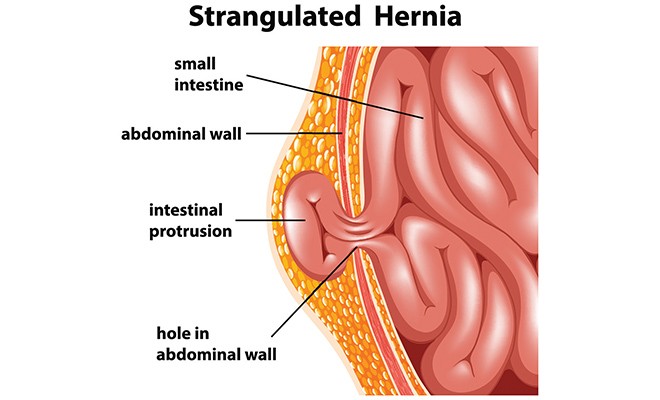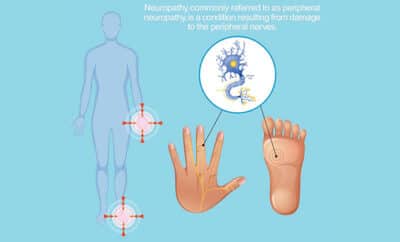What is That Lump? Recognizing The Signs And Symptoms of Hernias

By Gail M. Wynn, MD, FACS, Medical Director, Saint Francis Bariatric Surgery MBSAQIP Accredited Comprehensive Center
Hernias are a more common problem than you may think. There are an estimated 3 million new cases in the U.S. each year. A hernia occurs when an organ or fatty tissue protrudes through a hole in the muscle. They are most common in the abdomen; however, they can occur in the groin (inguinal hernia), in the belly button (umbilical hernia), through the abdominal wall (ventral hernia) or the diaphragm (hiatal hernia), or from a previous surgical incision (incisional hernia).
What causes hernias?
Hernias are typically the result of pressure or weakness in the abdomen. For example, a hernia can occur after lifting something heavy or from straining during bowel movements. Weakness in the abdominal wall, which often leads to an inguinal hernia, can form later in life as muscles begin to deteriorate with age.
What are some of the risk factors?
In addition to age, being overweight and having a family history can increase your risk of developing a hernia. Chronic coughing, sneezing and constipation are also culprits.

How do I know if I have a hernia?
A hernia can start as a lump. Sometimes it can be painless, and as time goes on with more pressure and strain, it can get bigger.
A hernia presents the risk for organ strangulation. When it gets stuck or squeezed through the small hole in the muscle, it decreases the blood supply to the organ, causing severe pain and swelling.
Besides a protrusion, signs and symptoms can include:
• Pain, especially with movement or straining (common with inguinal hernias)
• A belly button that appears swollen (common with umbilical hernias)
• Fever, infection or pain (common with incisional hernias)
• Nausea and vomiting (common with ventral hernias)
• Indigestion (common with hiatal hernias)
How are hernias treated?
Hernias can be repaired by making a large incision through the skin, or through small incisions that are 1-1.5 cm in length for a faster recovery (laparoscopic surgery or robotic surgery). Hernias can come back after being repaired, especially if you smoke or if you gain excess weight. There is also the possibility of having multiple hernias through the abdominal wall or an extremely large hernia. These conditions may require a reconstruction of the abdominal wall to make it strong again. This can be accompanied by removal of the excess skin.
How long does it take to recover after surgery?
Most patients resume normal activities after two weeks, but healing can take up to six weeks. During the recovery process you should avoid lifting heavy objects and strenuous activities. Be sure to eat lots of fiber and drink water to prevent constipation.
Saint Francis Healthcare specializes in all types of hernia repairs, as well as reconstruction and tummy tucks. Saint Francis offers the latest advances in robotic surgical techniques via the da Vinci Surgical System, and is recognized as a Center of Excellence for Bariatric Surgery.
Photo by Shannon Adelson, Adelson Media, Inc.





